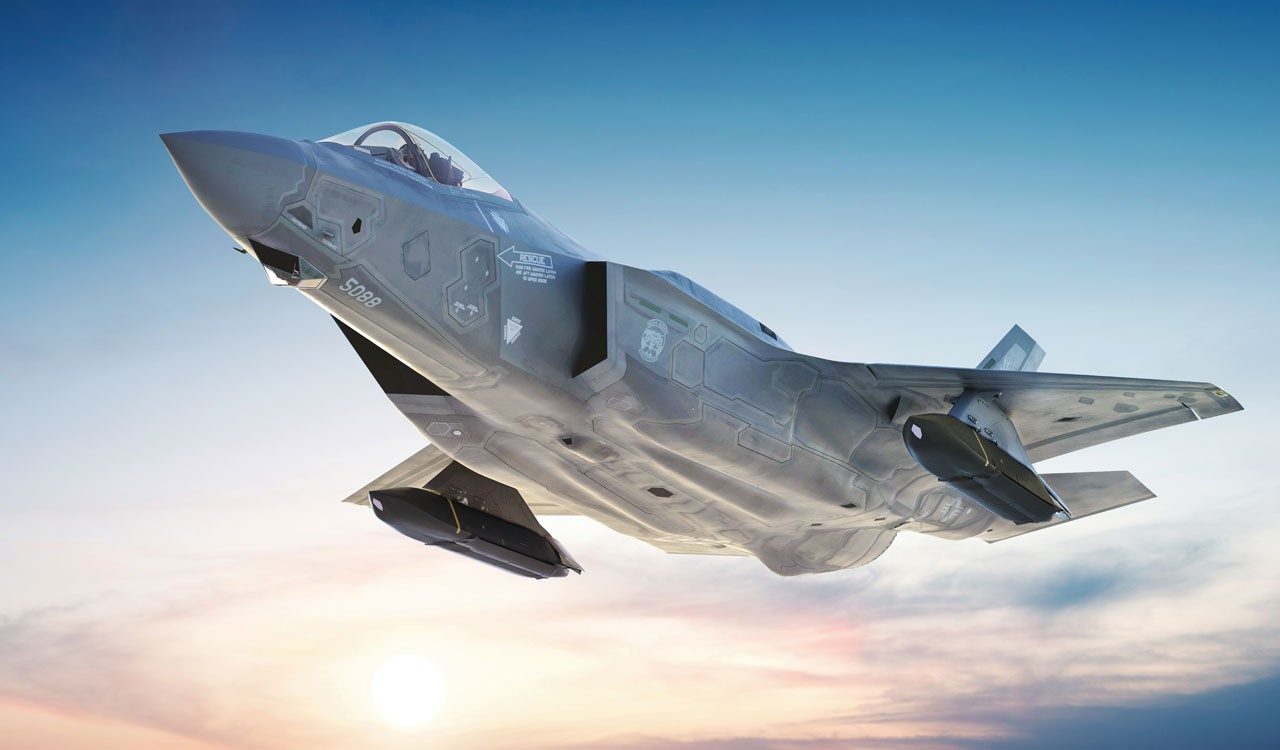Ukraine’s military claimed on June 10 that it had successfully destroyed one of Russia’s latest and most advanced fighter jets, the Sukhoi Su-57, a warplane that Russia often compares with US F-35 jets.
The strike reportedly carried out on a military base in the Astrakhan region, is notable in the ongoing conflict because it occurred nearly 600 kilometers (372 miles) behind the front lines.
The Sukhoi Su-57, known as the “Felon” by NATO, was targeted while on the tarmac at the airbase. Ukraine’s defense intelligence agency (GUR) released satellite images on its Telegram channel to substantiate their claim.
The Su-57 appeared undamaged on June 7, but by June 8, evidence of a strike was visible, with craters and fire damage surrounding the aircraft.
AfriPrime App link: FREE to download...
https://www.amazon.com/Africircle-AfriPrime/dp/B0D2M3F2JT
Further reports suggest that a second Su-57 might also have been damaged in the raid. Since the Su-57’s first flight in 2010, the Russian Air Force has acquired around two dozen of these jets.
The Su-57 is a supersonic, twin-engine, fifth-generation stealth fighter jet designed to challenge US air superiority. Despite its advanced design, the Felon has failed to match the success of the US’s F-35 Lightning II, which boasts superior stealth, computing, and sensor capabilities.
The F-35 remains the benchmark for modern fighter jets, with capabilities that outshine not only the Su-57 but also China’s Chengdu J-20 Mighty Dragon and US F-22 Raptors.
The J-20, developed by the Chengdu Aerospace Corporation for the People’s Liberation Army Air Force (PLAAF), is another fifth-generation stealth fighter jet.
Experts often highlight that Russian and Chinese stealth fighters are not at par with US-made F-35s. These nations, they point out, have a history of overstating their military capabilities, which casts doubt on the effectiveness of their stealth technology.
Adam Daymude, a former US Naval Aviator, noting significant design and performance shortcomings in the Su-57 and J-20, pointed out that while both aircraft feature advanced design elements such as twin engines and blended fuselages, their stealth capabilities were questionable.
According to Daymude, the Su-57 and J-20 have some competent design features, but when evaluated against true fifth-generation standards like the F-35, they fall short. He further added that the canards on the J-20, for instance, are a major drawback for its radar cross-section (RCS). The Su-57 also shows similar issues.
Daymude firmly concluded that the aircraft should be classified as generation 4.5 or 5 rather than true fifth-generation fighters due to unresolved doubts about their stealth and overall performance capabilities.
F-35 Surpasses J-20 & Su-57
The F-35 is considered superior to the Su-57 not only for its stealth capabilities but also for its widespread production and popularity as a tactical airframe.
In contrast to the limited numbers of the Su-57, the F-35 has been produced in large quantities and is highly sought after globally. Over 1,000 F-35s have been built for the US Air Force, Navy, Marine Corps, and international customers, with several European and Asian countries already acquiring the jet.
AfriPrime App link: FREE to download...
https://www.amazon.com/Africircle-AfriPrime/dp/B0D2M3F2JT
Similarly, the Chengdu J-20 Mighty Dragon has been produced in significant numbers, with over 200 units reportedly built by early 2023. However, these numbers still fall short compared to the F-35.
The F-35 also stands out for its advanced computing, weapons range, mission systems, and long-range, high-resolution sensors, which are even better than those of the F-22 Raptors.
Often referred to as a “flying computer,” the F-35’s advanced performance is largely due to its central computer system, which controls all aspects of the aircraft. This aspect of the F-35 is crucial but often overlooked compared to its other visible features.

General David Goldfein, former US Air Force Chief of Staff, once described the F-35 not as a traditional fighter but as “a computer that happens to fly.”
This advanced computing technology enables many of the F-35’s missions and operations, particularly for precision targeting. For instance, software upgrades have significantly improved the performance of air-to-air and air-to-ground weapons like the AIM-120 and AIM-9X through enhanced flight path and guidance technology.
The F-35 is continually improving with ongoing software upgrades and modernization efforts facilitated by its “open architecture” and interoperable IP Protocol standards. This design enables rapid integration of new technologies without requiring an overhaul of the jet’s computing infrastructure.
Only 5th-Gen Nuclear Fighter
Further, the F-35 stands out as the world’s only fifth-generation fighter jet capable of carrying nuclear bombs, beating other warplanes like F-22, J-20, and Su-57.
This milestone was achieved after over a decade of rigorous development, leading to the certification of the F-35A Lightning II stealth fighters in October 2023. This certification enables them to deliver B61-12 nuclear gravity bombs.
In May 2024, the Netherlands became the first country to declare its F-35 stealth fighters capable of the nuclear strike role.
This capability provides the US Air Force with a significantly more survivable method to deliver its tactical nuclear gravity bombs. The F-35’s advanced stealth capabilities allow it to penetrate enemy airspace with a lower risk of detection and effective engagement by ground-based air defense missiles, enhancing its status as the most lethal fighter jet in the world.
AfriPrime App link: FREE to download...


